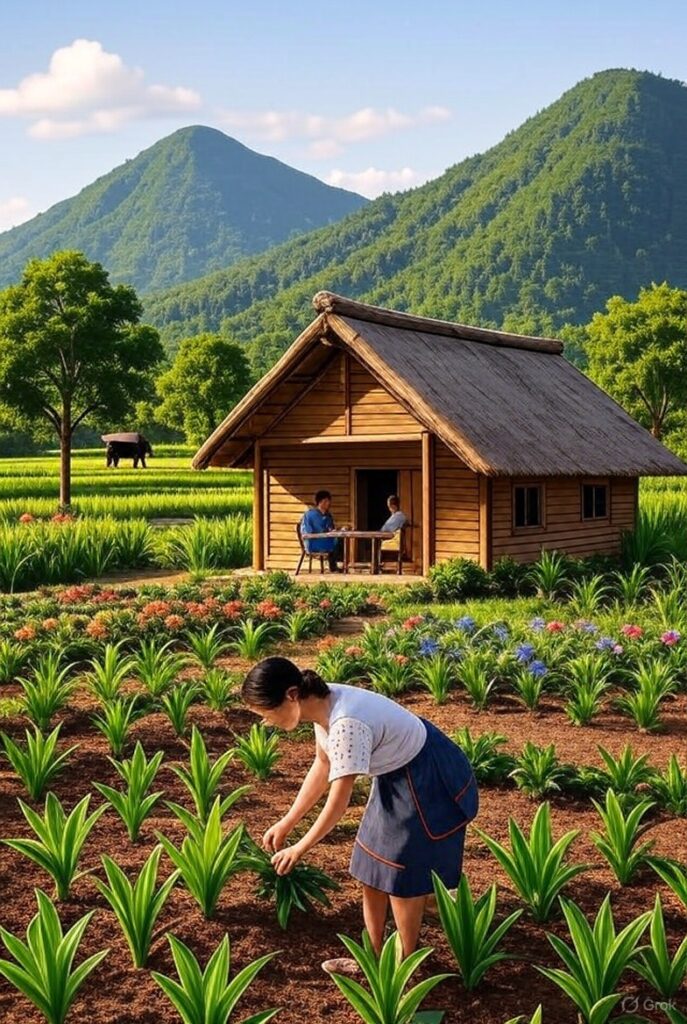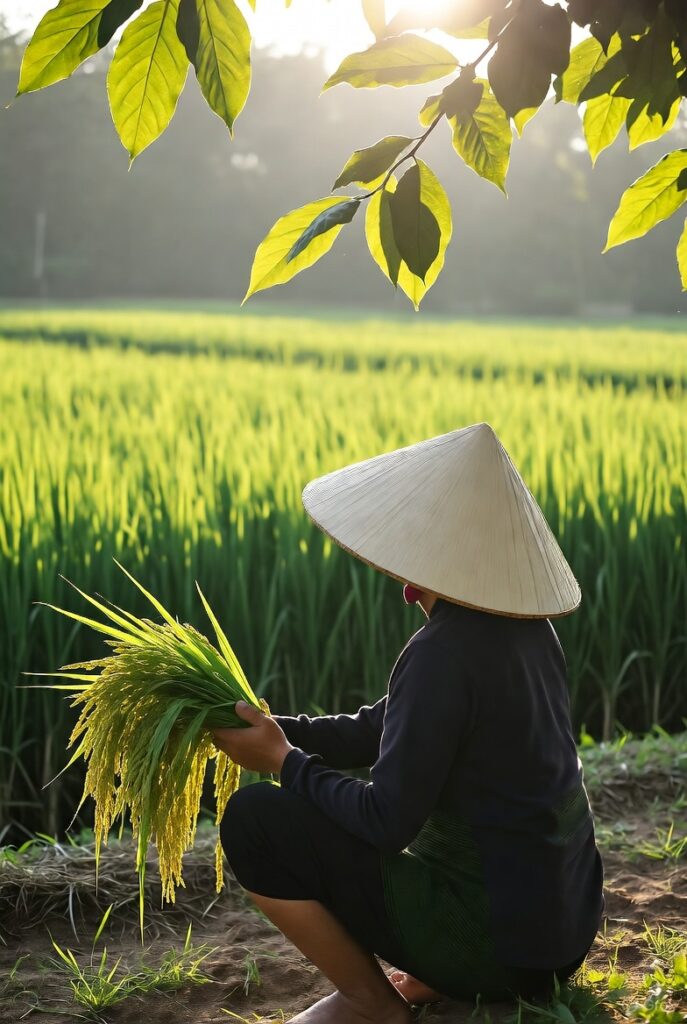- real stories from Cambodia, Thailand, and Indonesia on community, culture, and sustainability

1. Cambodia: Village Tourism near Siem Reap
Near Siem Reap, some villages have opened their doors to tourists seeking authentic experiences beyond the temples. At Preah Dak village, visitors can join local farmers in their fields, learn traditional weaving, or participate in a rice planting demonstration.
Mr. Sok, a village guide, explains: “Tourists are curious about how we live. They enjoy learning, and it helps our community earn a living without leaving home.” The initiative strengthens local culture, provides income, and creates opportunities for young people.
However, the community must manage the number of visitors carefully to avoid disturbing daily life. Educating tourists about local customs, such as respecting sacred sites, is also important.
Discussion Questions:
- How does village tourism benefit local communities?
- What challenges might arise when hosting tourists in rural areas?
- How can tourists ensure they are respectful and responsible visitors?

2. Thailand: Homestays in Chiang Mai
In Northern Thailand, small families offer homestays for tourists who want a real taste of rural life. Guests may cook traditional dishes, plant rice, or join festivals with their hosts.
Mrs. Somchai, who runs a homestay, says: “We provide simple accommodations and real experiences. Guests often learn more than they expect—they see the hard work and daily life behind our culture.”
Homestays give visitors personal interactions, cultural immersion, and memorable experiences while supporting local economies. Hotels and larger resorts can also adopt lessons from these small operations, emphasizing authenticity and guest engagement.
Discussion Questions:
- What makes a homestay experience authentic?
- How can tourists respect local traditions while staying with a family?
- What can large hotels learn from homestay models?

3. Indonesia: Eco-Tourism in Bali
In Bali, some resorts focus on sustainability while offering luxury experiences. At Green Leaf Eco-Resort, tourists can help in organic gardens, attend workshops on Balinese culture, or join conservation projects for local wildlife.
Manager Ketut explains: “Guests love comfort, but they also care about the environment. By combining the two, we create a meaningful experience.” The resort reduces energy use, recycles waste, and educates visitors about responsible tourism.
Eco-tourism not only protects the environment but also attracts travelers seeking unique, memorable stays. Staff play a crucial role in balancing guest satisfaction with sustainability practices.
Discussion Questions:
- How can resorts combine luxury with eco-friendly practices?
- Why is eco-tourism growing in popularity?
- What challenges might hotels face in implementing sustainable practices?
#####################
Cheat sheet:
| Cambodia: Village Tourism | Thailand: Homestays | Indonesia: Eco-Tourism |
|---|---|---|
| Villages near Siem Reap open homes to tourists. | Families in Chiang Mai host guests in homestays. | Some resorts in Bali focus on sustainability. |
| Tourists help farmers in fields, plant rice, or learn weaving. | Guests cook traditional food, plant rice, or join festivals. | Guests work in organic gardens or join conservation projects. |
| Village guides explain life and culture to visitors. | Hosts show daily life and local culture. | Staff educate guests about local environment and culture. |
| Tourism helps the community earn money and preserve traditions. | Homestays support local economy and give personal experiences. | Eco-resorts attract tourists and protect nature. |
| Communities must manage visitors and teach customs. | Tourists should respect family traditions and local customs. | Resorts balance luxury, guest comfort, and sustainability. |
| Tourists learn about rural life beyond temples. | Tourists experience real rural life, not just city sights. | Tourists enjoy meaningful stays, not only luxury services. |